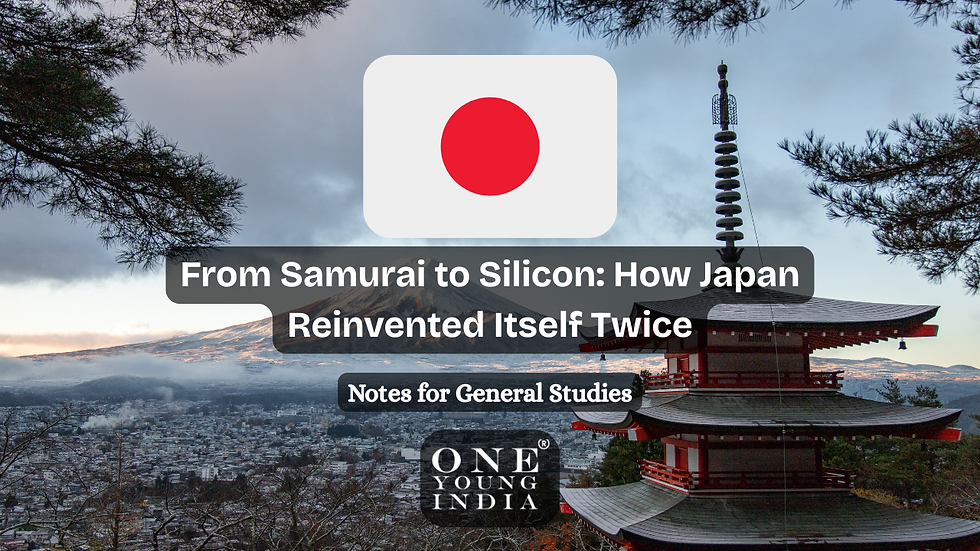What is Ethereum and the Merge Update?
- One Young India

- Dec 13, 2022
- 3 min read

Ethereum is a decentralized, open-source blockchain platform that enables the creation of smart contracts and decentralized applications (dApps). It was first proposed in 2013 by Vitalik Buterin, a programmer and cryptocurrency researcher.
The genesis of Ethereum occurred in 2015 with the launch of the Frontier network. This marked the first release of the Ethereum software, which allowed users to mine Ether (ETH), the native cryptocurrency of the Ethereum network.
Since its launch, Ethereum has quickly become one of the most widely used blockchain platforms in the world. One of the key features that sets Ethereum apart from other blockchain networks is its support for smart contracts.
Smart contracts are self-executing contracts with the terms of the agreement between buyer and seller being directly written into lines of code. This code is then stored and executed on the Ethereum blockchain. Because they are executed on the blockchain, smart contracts are transparent, immutable, and secure.
This has made Ethereum a popular platform for a wide range of applications, including supply chain management, voting systems, and even prediction markets.
One of the most well-known dApps built on the Ethereum platform is CryptoKitties. This game, which allows users to breed and trade virtual cats, became so popular that it clogged the Ethereum network and led to a discussion about the scalability of the platform.
Despite this, Ethereum has continued to grow and attract developers and users. In recent years, Ethereum has also introduced several upgrades to its platform, such as the Ethereum 2.0 upgrade, which aims to improve the scalability, security, and sustainability of the network.
Overall, the development and evolution of Ethereum has been significant in the world of blockchain and cryptocurrencies. Its support for smart contracts and dApps has opened up new possibilities for decentralized applications and continues to drive innovation in this space.
What is the Merge Update on Ethereum Blockchain?
Recently unveiled its latest update, Merge. This update combines several of Ethereum’s existing technologies into one and marks a major milestone in the development of the Ethereum platform. In this blog post, we’ll discuss what the Merge update means for Ethereum and how it will help the platform continue to grow.
At the core of Ethereum is its blockchain, which enables users to send and receive digital assets securely and trustlessly. The blockchain is incredibly powerful, but it can become slow and expensive to use as more users join the network. This is where Merge comes in.
What is Proof of Authority?
Merge is an update to Ethereum’s blockchain that introduces a number of new features, including a new consensus mechanism called Proof of Authority (PoA). PoA allows users to use their identity to validate transactions, rather than having to wait for miners to do it. This reduces the cost and time needed to verify transactions, making Ethereum even faster and cheaper to use.In addition to PoA, Merge also introduces a new programming language called Solidity.
What is Solidity?
Solidity is a more powerful and easier-to-use language for developing smart contracts, which are programs that run on the Ethereum blockchain. Solidity makes it easier for developers to create applications that take advantage of Ethereum’s blockchain.Finally, Merge also introduces a new feature called sharding. Sharding is a technique that allows the Ethereum blockchain to be split into multiple smaller parts, or shards. This means that more transactions can be processed at once, making Ethereum faster and more efficient.
Overall, the Merge update is a major milestone for Ethereum. It brings together several existing technologies in order to make Ethereum faster, cheaper, and easier to use. This will make Ethereum an even more attractive platform for developers and users alike. It also sets the stage for even more innovation in the future, as the Ethereum platform continues to evolve.



